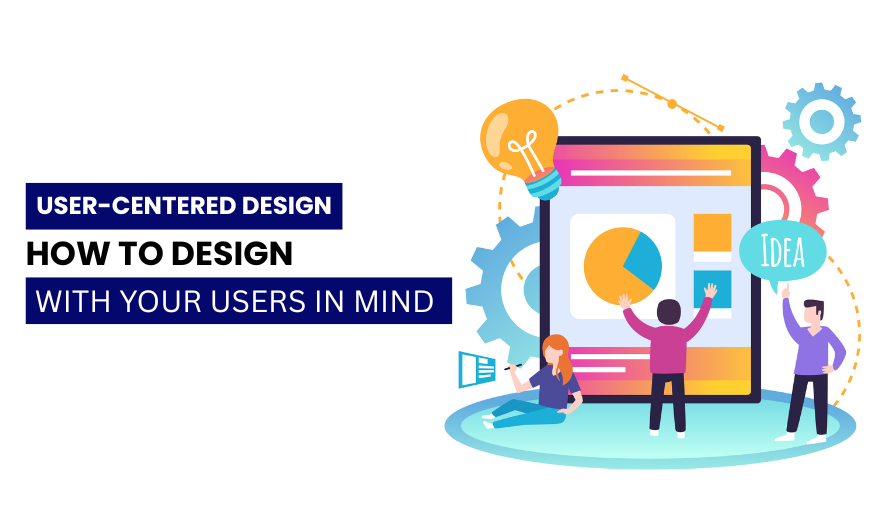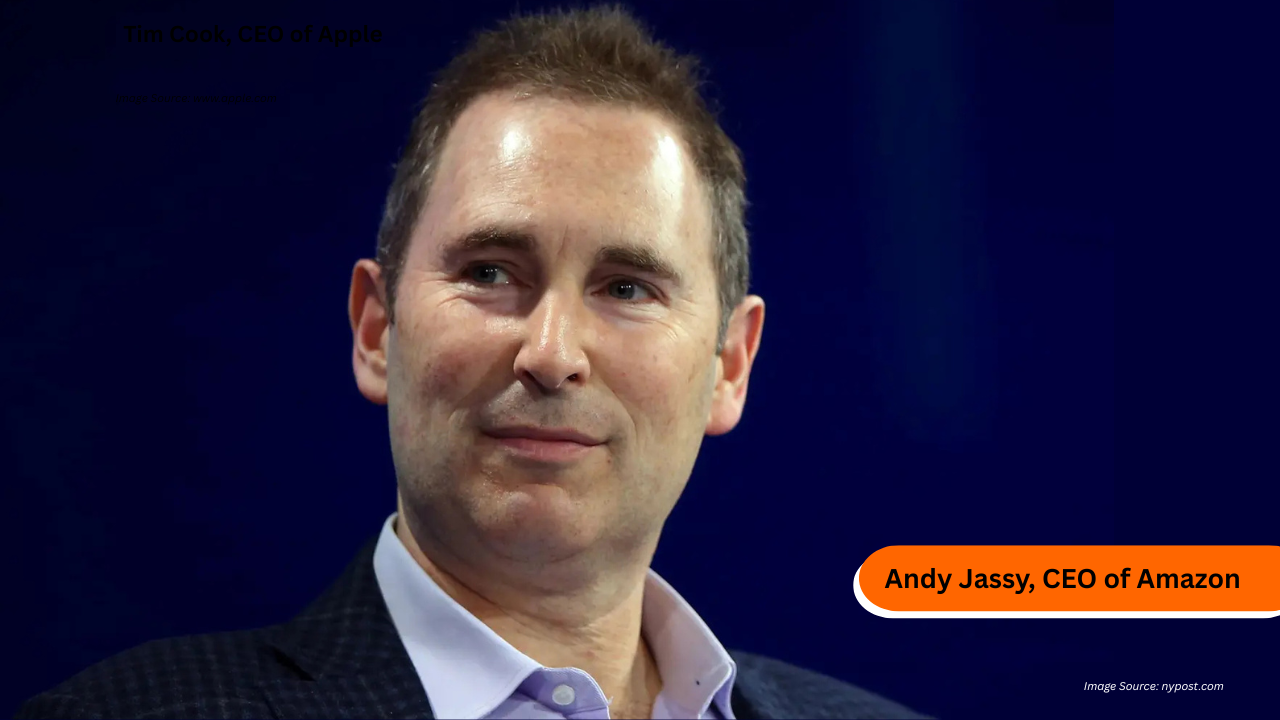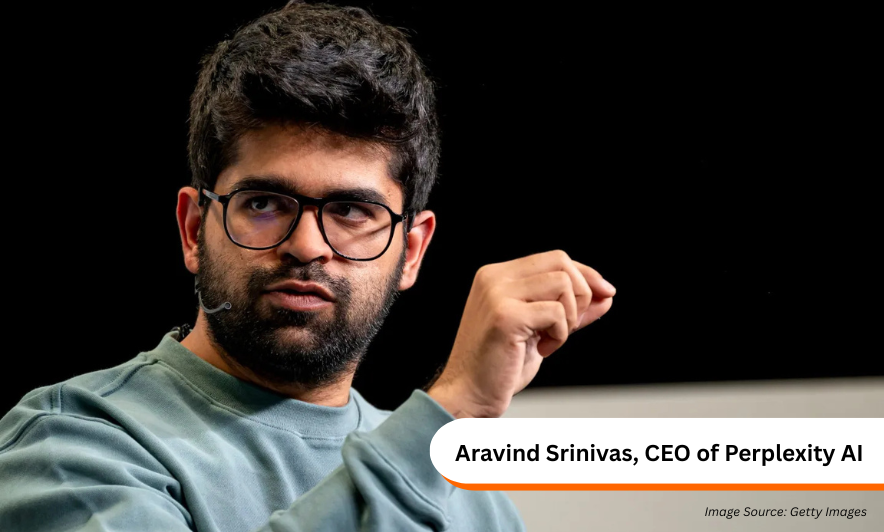How to Design Products Real People Enjoy Using
Let’s be honest: building something digital
today — a website, an app, a tool — is easier than ever. But building something
people love to use? That’s the real challenge.
That’s where User-Centered Design (UCD)
comes in. It’s not some fancy process only designers understand — it’s simply
about putting people first. Real users. Real problems. Real solutions.
In this guide, I’ll break down what UCD is,
why it matters, how it works (step by step), and how you can start using
it in your projects — no matter your role.
So, What Is User-Centered Design?
At its heart, User-Centered Design
is exactly what it sounds like:
Designing things around the people
who’ll use them.
It’s about understanding what your users
need — not just what you think they need — and then building with that in mind
from the very beginning.
Instead of guessing or going with gut
feelings, UCD says:
“Let’s talk to users.”
“Let’s follow their journey.”
“Let’s keep improving, based on real
feedback.”
It’s a design mindset rooted in empathy and
real-world use.
Why Does User-Centered Design Even
Matter?
We’ve all used apps or websites that look
cool but make zero sense to use. Buttons in weird places. Features we don’t
need. Confusing flows.
That happens when designers forget about
the user.
When you prioritize your users,
amazing things happen:
- People complete tasks faster
- They feel less frustrated (and more in control)
- They come back — and even recommend your product
It’s simple:
Good design solves real problems.
UCD helps you find and fix them.
How User-Centered Design Works
You don’t need a design degree to follow
this process. Just curiosity, empathy, and the willingness to ask, “How can
this be better for the user?”
1. Get to Know Your Users
You can’t design for people you don’t
understand.
Start by:
- Talking to users (interviews, surveys)
- Watching how they use your product (usability testing)
- Creating simple personas that reflect real user types
- Mapping out their journey (what steps they take)
This helps you spot what works, what’s
frustrating, and where you can help.
2. Define the Real Problem
Once you have insight, focus on it. What’s getting
in the way of your users?
Maybe:
“People are dropping off during checkout
because the shipping info is unclear.”
Now you’re solving a real issue — not just
making a screen prettier.
3. Start Designing (But Stay Flexible)
Begin sketching ideas and building
wireframes or prototypes — but don’t fall in love with them.
Try different approaches. Stay open. Bring
users in to react early — even to rough drafts.
Ask:
“Does this make sense to you?”
“Would you click here?”
“Is anything missing or confusing?”
4. Test It, Break It, Fix It
Let real users try it. Watch where they
struggle. Ask what they expected.
This is where the magic happens.
Instead of guessing what might work, you’re
seeing what does work.
A user hesitates? Tweak the design.
A button’s unclear? Rename it.
Keep testing, tweaking, and repeating.
5. Launch — But Keep Listening
User-Centered Design doesn’t end at launch.
After going live:
- Gather real feedback (through tools or conversations)
- Monitor user behavior
- Keep improving the experience
The best products grow with their users.
A Simple Analogy: The Vending Machine Test
Let’s say you're designing a vending
machine.
A traditional approach might focus on the
colors, buttons, and branding.
But UCD would ask:
- Can someone figure out how to use it in 5 seconds?
- Is it clear what each item costs?
- Can a 10-year-old and a 75-year-old both use it with ease?
It’s about making the experience work for
everyone — not just making it look nice.
Helpful Tools for UCD (No Fancy Degree Needed)
You don’t need to be a UX pro. Here are
some beginner-friendly tools that make it easier:
- Research: Google Forms, Typeform,
Maze
- Personas & Flows: Miro, Figma,
Notion
- Design & Prototyping: Figma,
Canva, Adobe XD
- Testing: Lookback, Hotjar,
PlaybookUX
- Feedback: In-app surveys, user
interviews, support chats
Start simple. You can always upgrade later.
The Big Rules of User-Centered Design
Let’s boil it down to the essentials:
- Listen more than you assume
- Design with, not for, your users
- Test early, test often
- Design for everyone — not just “average” users
- Use real data, not just opinions
When in doubt: ask your users.
Final Thoughts: It’s About People
It’s about designing with understanding,
not assumption.
About seeing users as real people
with real needs — not just data points or obstacles to convert.
When you design from a place of empathy,
you create experiences that feel natural, respectful, and even enjoyable.
You’re
not just solving problems — you’re building connections.








